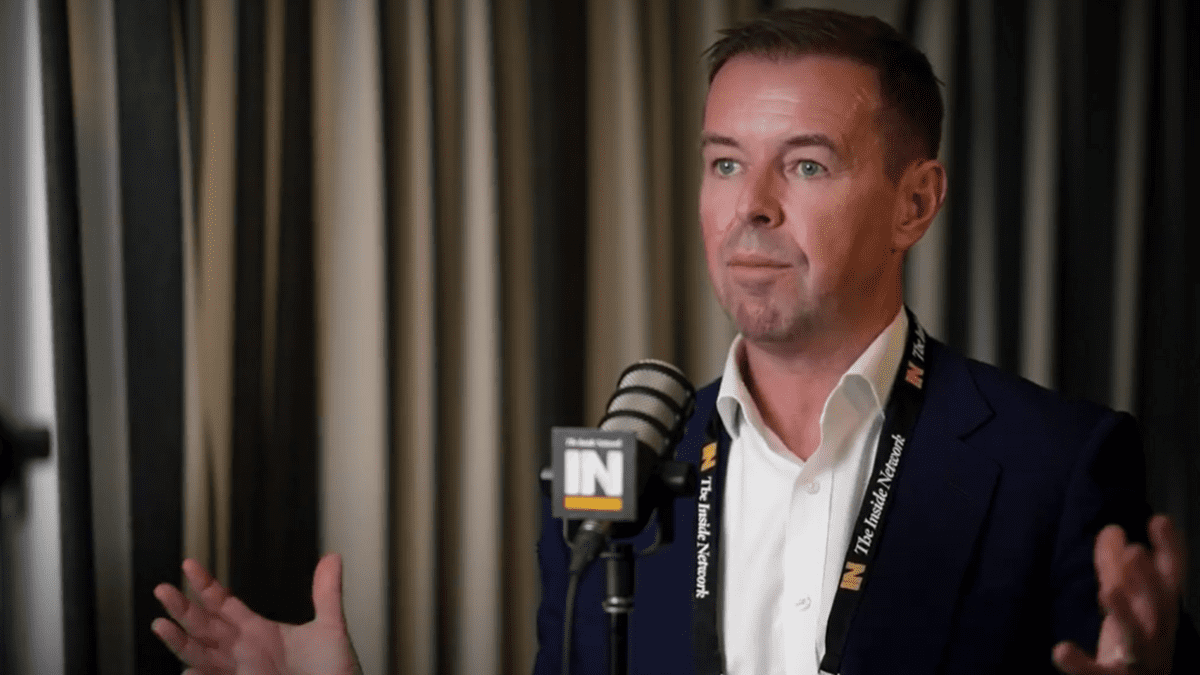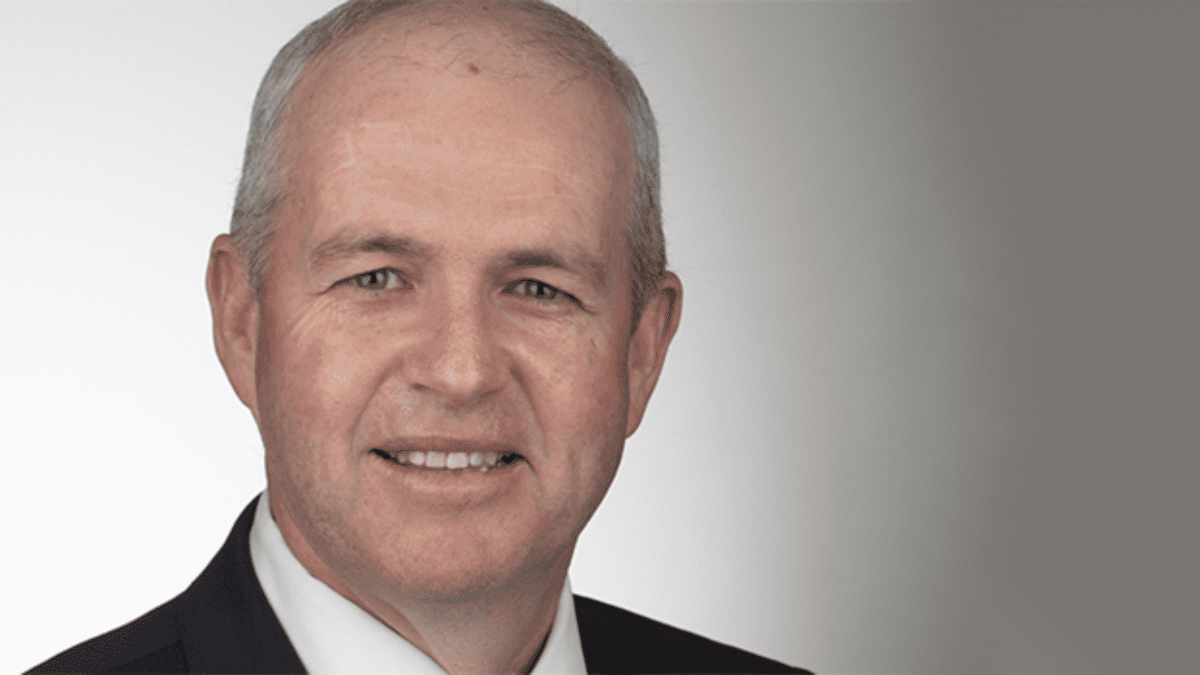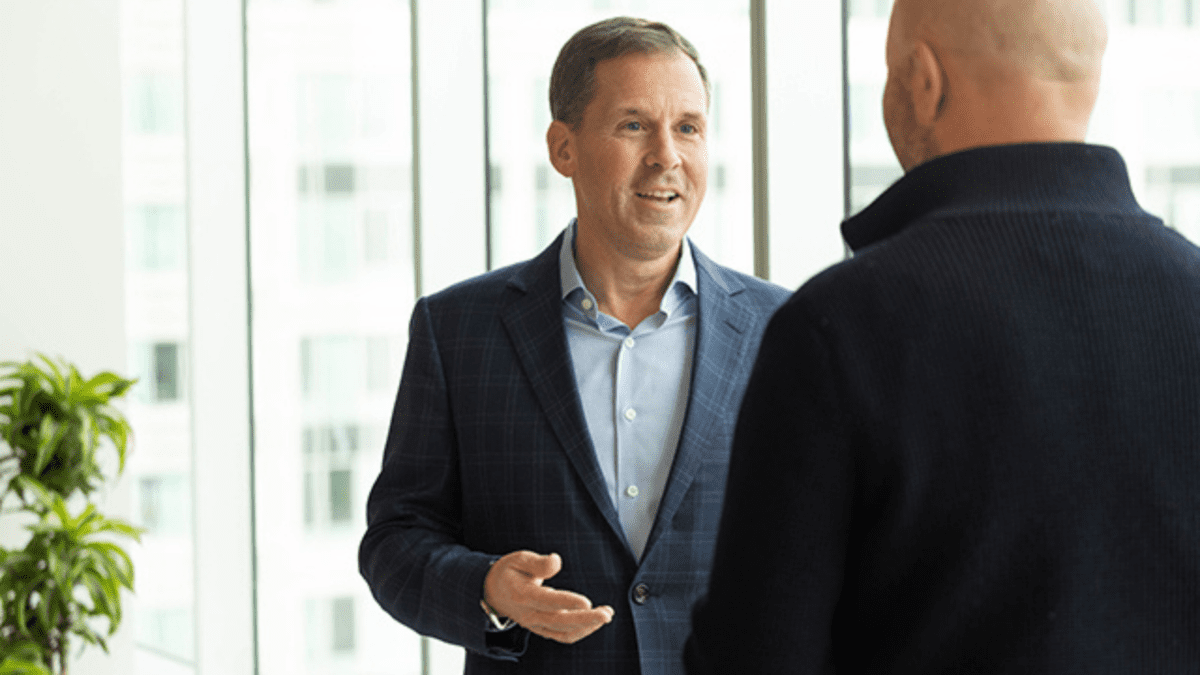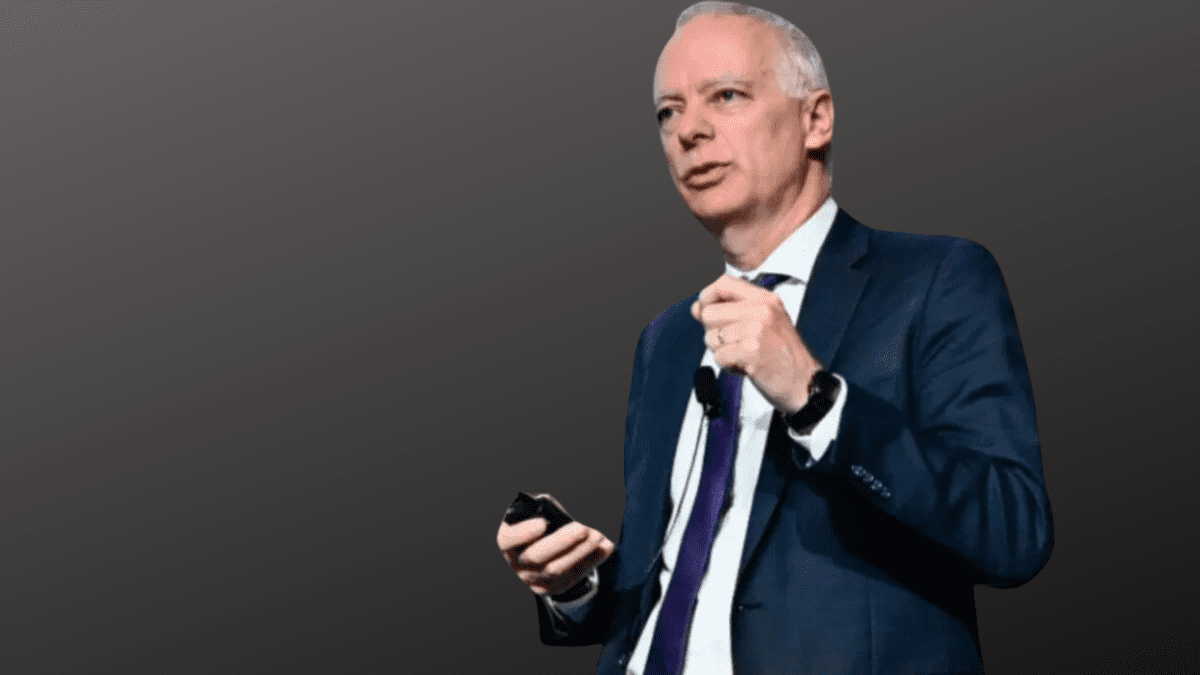-
Sort By
-
Newest
-
Newest
-
Oldest
-
All Categories
-
All Categories
-
Alternatives
-
Asset Allocation
-
Crypto
-
Defensive assets
-
Equities
-
ESG
-
ETF
-
Fixed Income
-
Growth assets
-
Private debt
-
Private Equity
-
Property
How do investors stay on top of diversification and maintain adequate levels of non-correlation when markets oscillate with every breath, when asset relationships are as fickle as they are malleable?
Spurred by the speed and flexibility of private credit, developers are eschewing banks in favour of trusted non-bank lenders. The lending market’s evolution is good news for housing in Australia.
The index-hugging wall of money can’t break the maths of the market, a new paper argues, but it may exacerbate the “long winter” of small caps and value stocks.
When this biotech engineer met up with WNT Financial’s crack venture capitalism team, it sparked a partnership that could lead to a lifesaving product being put in the hands of doctors worldwide.
By avoiding market forecasts and not making prognostications based on macroeconomic conditions or political changes, the Claremont team is able to focus on something much more predictably profitable – its own proven process.
The relative lack of adoption in advice isn’t particularly surprising given its volatile nature and the unregulated state of the digital asset sector. But that may be about to change.
WNT Ventures was an early adopter into a grant scheme designed to nurture technology and innovation in New Zealand. After ten years, and as it prepares to launch its fourth fund, WNT’s Maria Jose Alvarez reflects on the journey.
“There are a range of different ways to invest in the energy transition thematic,” Fortitude explains, adding that the opportunities on the periphery often present the greatest value.
Global REITS give investors a structured access point to real estate across regions, potentially unlocking a valuable investment sleeve. But there are risks to contend with, according to Will Arnost from Atchison Consultants.
As Australian healthcare expenditure continues to rise and investors move deeper into the sector, healthcare property is well placed to continue its outperformance of other commercial property sub-sectors.
As market conditions turn, private debt is expected to lead the charge of private capital disbursement across the globe, with special purpose vehicles increasingly at the heart of deals according to a new study.
As the world of private capital expands, and advisers depend on it more as an alternative diversifier, one group has questioned whether advice clients know enough about it and if more education is required.
















